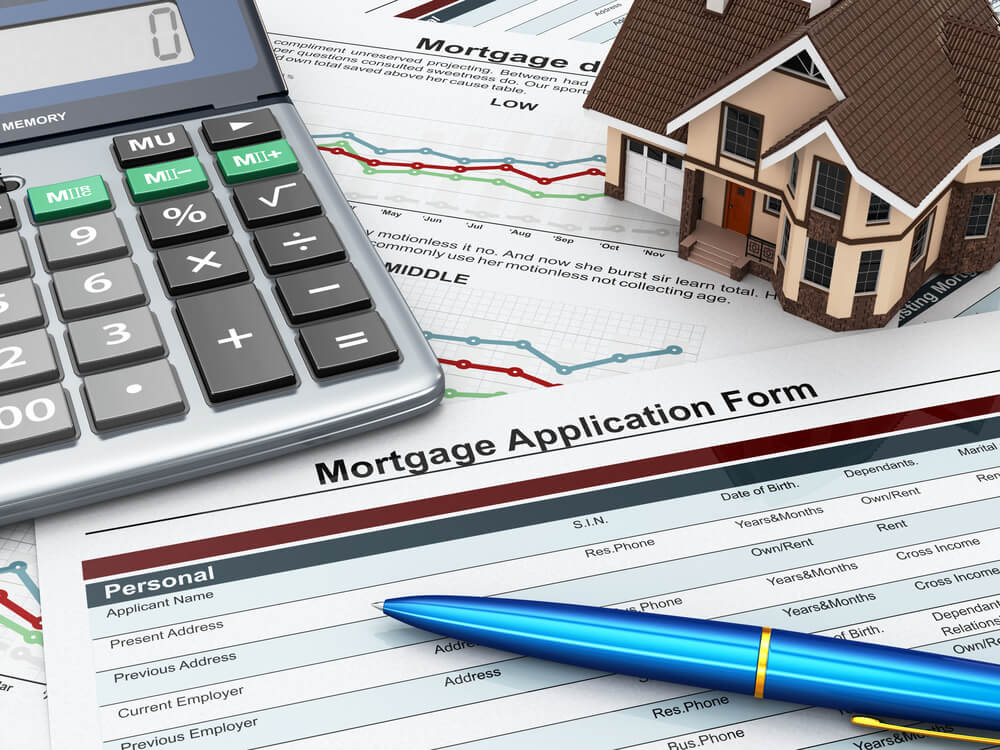Four Tips to Generate Positive Cash Flow on Rentals

Four Tips on Generate Positive Cash Flow for Rental Property
Real estate is one of the unique asset classes that appreciates over time while at the same time providing the owner a monthly dividend. Name any other investment that does the same. Active real estate investors seek out rental properties that point to long term appreciation while getting paid each month to own it, to generate positive cash flow. Not a bad idea, is it? But the key here is getting paid each month. The key is making sure the investment provides a profit each month in the form of positive cash flow and not an expense. Positive cash flow from a rental property means covering not just the principal and interest payment every month but also enough to cover the annual property tax bill and homeowner’s insurance. And don’t forget the maintenance costs. To make sure your next real estate investment is a profitable one, here are four things you should do.
Four Tips for Positive Cash Flow
The first tip is where to buy. Many may think that investing in a neighborhood with lots of rental properties is a good idea. After all, most of the homes are rented out so it must be working. On the other hand, a rental property surrounded by other rental properties means there’s lots of competition out there for the same tenants. How does one compete? You can lower the rent, but that may not work out too well. Low rent means the property turns into a monthly expense and not a positive cash flow.
Instead, try to find a property in a predominantly owner-occupied neighborhood. It’s no secret that owners treat their properties better than someone on a six-month lease. This can also mean the entire neighborhood is kept up with manicured lawns, nice frontage and great curb appeal. Try to find a rental property in one of these areas. You’ll be able to charge more in rent without having to compete with other landlords.
The second is to determine the current market rent for the area as well as longer-term demographics. You can search for rental properties in an area you’re interested in and see what is being charged for rent each month. Or, you can find a property currently listed for rent and see what the monthly rent would be. Current rental listings will give you a better idea of market rent compared to a home that has been rented out for a year or so.
The third tip is to identify a home located in a blue-ribbon school district. Homes located in a highly regarded school district increase in value over time. Good schools are one of the most sought-after requirements for buyers and renters. This means there will be greater demand for a rental property which would then lead to higher rents compared to homes where the public school system is rated as “average” or even “good.” You want a rental property in a superior school district. For families the buy a home-based upon schools, that can also mean when those kids graduate there will be another tenant down the road looking for the same thing. Buying in a higher-end school district will allow you to charge more in rent each month.
Finally, you need to get the proper financing to make sure you generate positive cash flow. This is where I come in. After a conversation about your short and long term real estate goals, I can prepare a custom financing package for your situation. Most real estate investors are in it for the long term, which then indicates a fixed rate is best. With mortgage loans, the longer the loan term means the monthly payment will be lower. For this situation, a 30 year fixed rate is probably your best choice. Yes, you will pay more in interest over the life of the loan, but a trick is to take out a 30-year loan but make extra payments each month. The extra payments each month go directly to the outstanding loan balance and never toward interest.
What’s Next
When you determine what your total monthly payment will be and factor in maintenance costs you then compare that amount with what you can charge in rent each and every month. That’s the positive cash flow you’re looking for.

